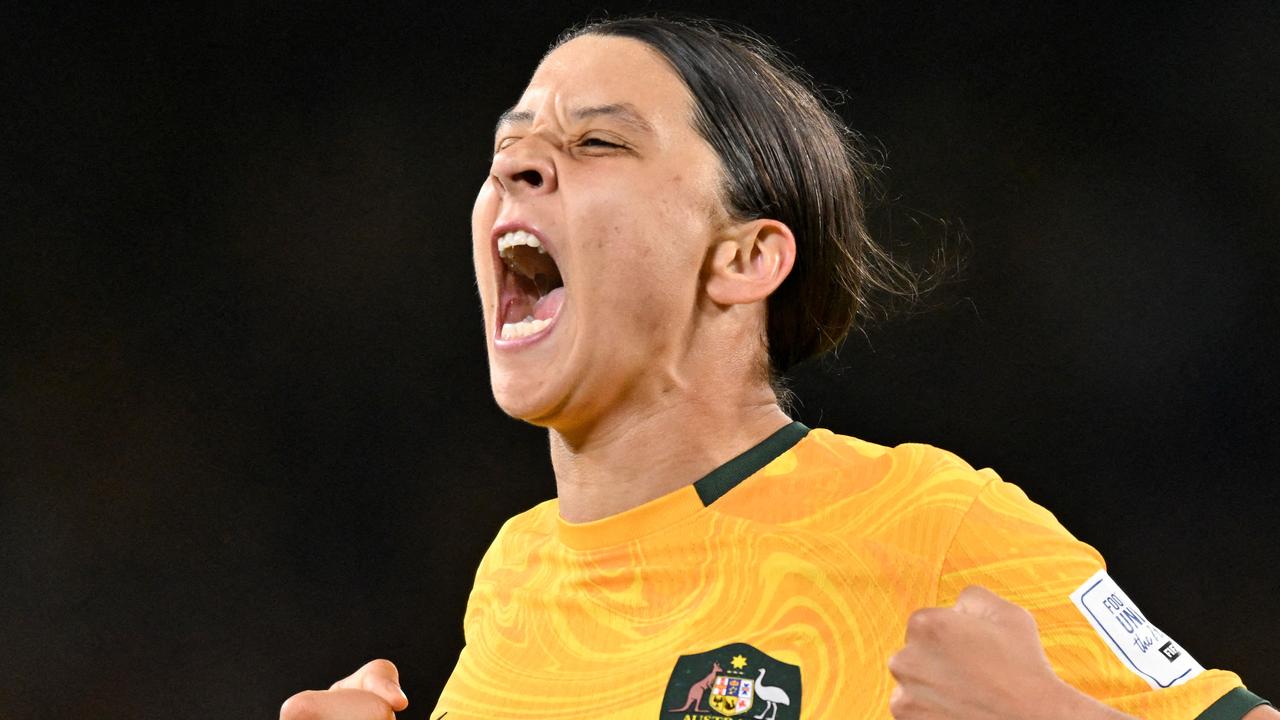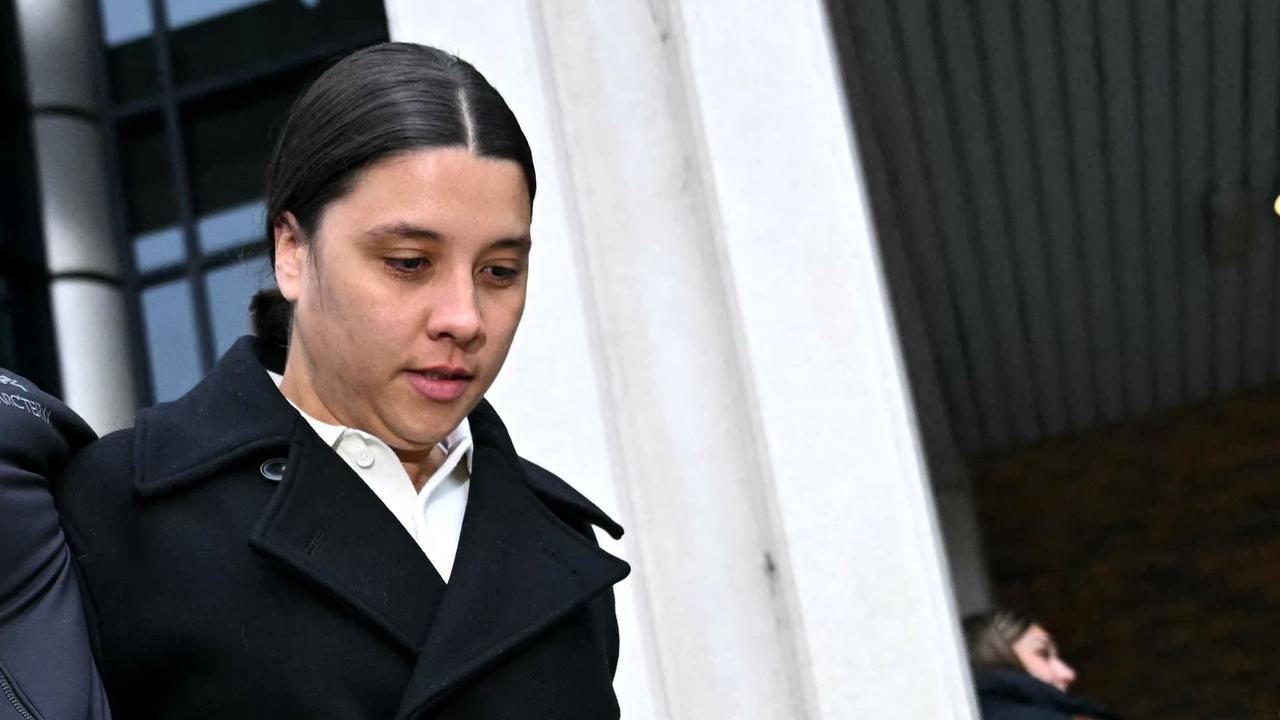The No campaign’s secret recipe for victory in Western Sydney
The battle to convince voters in western Sydney to abandon Labor and vote No in last Saturday’s referendum was won by a sophisticated campaign that mimicked the “Howard’s battlers” strategy of 20 years ago. Here’s how it worked.
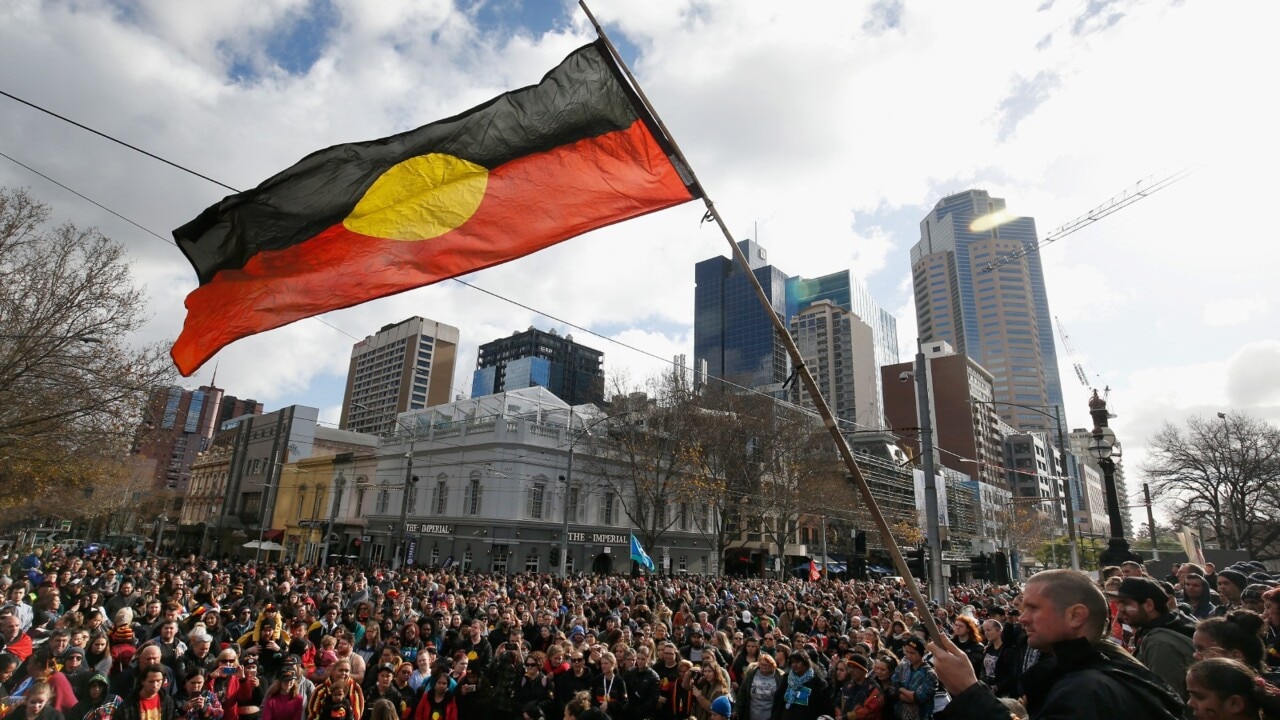
National
Don't miss out on the headlines from National. Followed categories will be added to My News.
The battle to convince voters in western Sydney to abandon Labor and vote No in last Saturday’s referendum was won by a sophisticated campaign that mimicked the “Howard’s battlers” strategy of 20 years ago, according to one of its key organisers.
Indigenous activist Warren Mundine, who was one of the main faces of the successful No campaign, told this The Daily Telegraph that he saw a lot of similarities to the 2001 and 2004 campaigns that saw John Howard’s Liberals succeed across Western Sydney.
“Mates of mine there had been rusted on Labor voters since forever, it’s in their DNA,” he said.
“Back in Howard’s day they voted Liberal because they said the Labor party doesn’t represent us anymore.”
Mundine said that a similar phenomenon was at play in the referendum, where voters were concerned about the Voice and felt ignored.
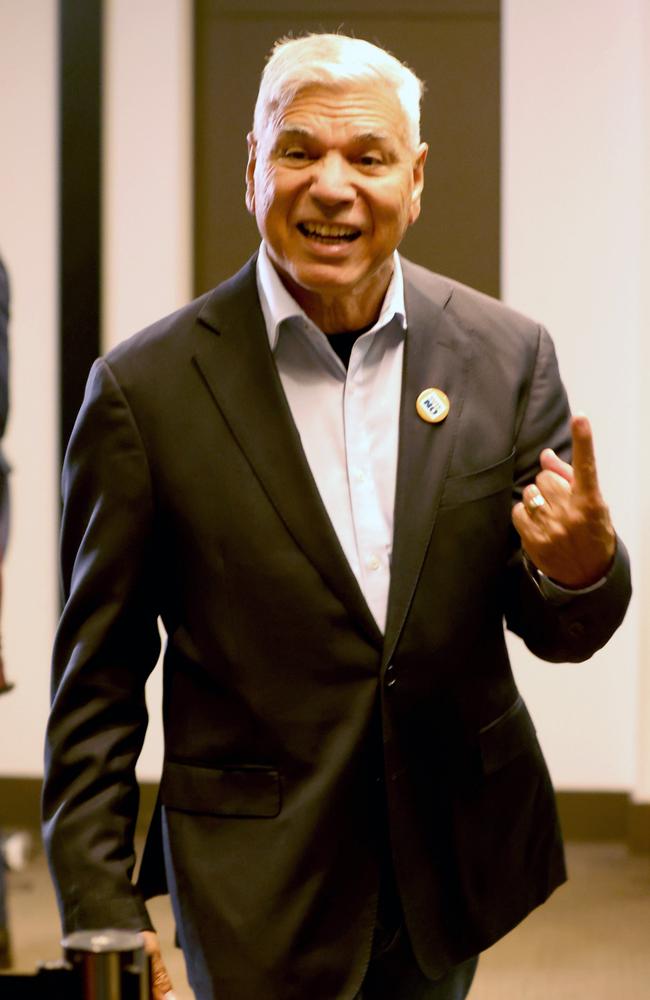
“We went direct to the people, the Yes campaign said they have it all sewn up because the ethnic organisations had signed up to the campaign but we went to their members directly and they came through.”
Mundine said the campaign used a combination of social media and in person events to run around community leaders who had pledged their support to the Yes campaign, starting around six months ago.
Back then, most polls still showed the Voice with an edge.
A Newspoll conducted in the first week of March put the “yes” vote at 58 per cent when voters were forced to choose either “yes” or “no”.
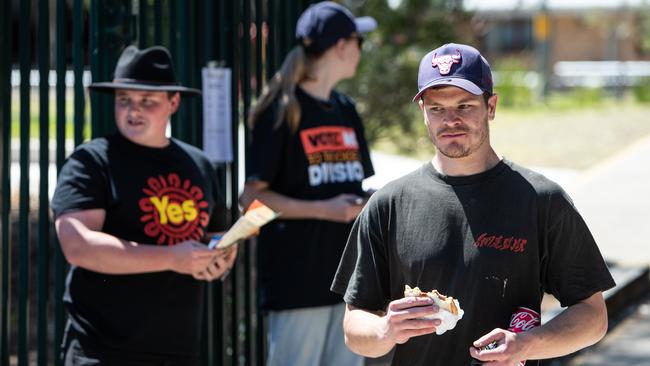
To overcome this, Mundine said “we did ethic community radio and later did a ‘poor man’s social media campaign’ that still wound up having 10 times the impact of the Yes campaign’s online advertising”.
Maria Chan, president of the Chinese Community Council, said that translated articles and radio interviews with Mundine helped move Chinese votes across western Sydney.
“The radio station kept repeating Warren’s interview with an interpreter and they put it out on the web,” she said, connecting to non-English speaking voters.
In the electorate of Lindsay, one of the few Liberal-held seats in western Sydney, local MP Melissa McIntosh said that community forums had been an important part of the No campaign.
“We had an event in Blacktown with about 700 people with Warren (Mundine) and Jacinta (Nampijinpa Price) and Kerryne Liddle, and it wasn’t all Liberal people, it was people concerned about the Voice, they didn’t know what it was about, but they were worried about the division it created,” she said.
“There was a very active campaign here but people maybe didn’t notice it because it wasn’t funded by big corporates … it was grassroots people who were really just passionate about Australia and the country’s future.”
Once postal votes are counted, McIntosh said she expected the final tally for No would be at around 70 per cent in her seat.
Surveying the map of the nation, which saw all six states plus the Northern Territory vote down the Voice, Mundine said, “the only place we didn’t win was the Canberra bubble!”




